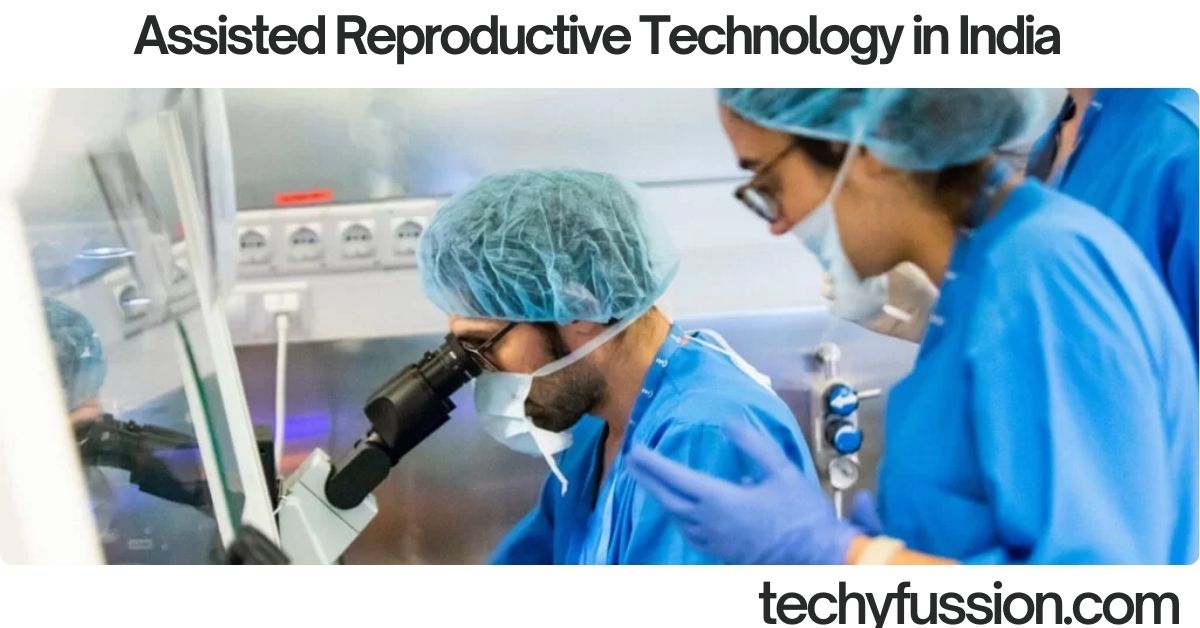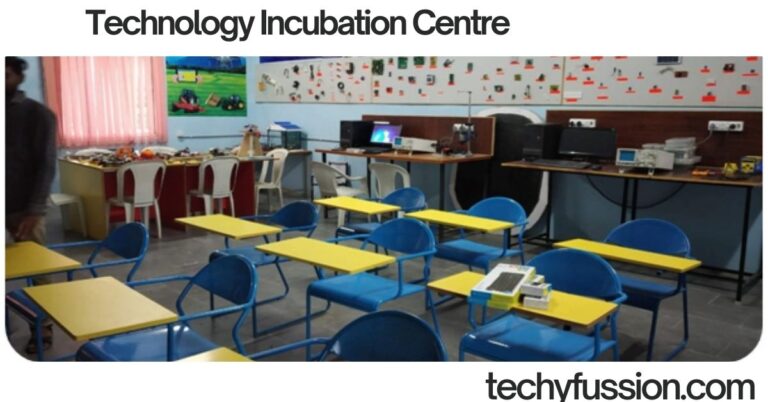Assisted Reproductive Technology in India
Assisted reproductive technology (ART) has transformed the landscape of fertility treatment, offering hope to countless couples worldwide. In recent years, India has emerged as a prominent global player in the ART sector, attracting patients not only from within the country but also from abroad. This article delves deep into the various facets of ART in India, providing insights into its growth, legal framework, success rates, and why it has become a preferred destination for international patients.
Understanding Assisted Reproductive Technology (ART)
What is ART?
Assisted reproductive technology (ART) encompasses medical interventions designed to assist in achieving pregnancy. These procedures involve handling both eggs and sperm outside the body. The most common forms of ART include in vitro fertilization (IVF), intracytoplasmic sperm injection (ICSI), egg or sperm donation, and surrogacy.
Brief History of ART
ART dates back to the late 1970s, with the birth of the first “test-tube baby,” Louise Brown, in 1978 through IVF. This groundbreaking achievement marked the beginning of a new era in reproductive medicine. In India, the journey began in 1978 as well, with the birth of Durga, the country’s first IVF baby, at Dr. Subhash Mukherjee’s clinic in Kolkata.
Types of ART Procedures
- In Vitro Fertilization (IVF): The process involves fertilizing an egg with sperm in a laboratory setting, followed by the implantation of the resulting embryo into the uterus.
- Intracytoplasmic Sperm Injection (ICSI): A specialized form of IVF where a single sperm is directly injected into an egg. This is particularly useful for male infertility.
- Egg and Sperm Donation: Donor eggs or sperm are used when the couple cannot produce viable gametes.
- Surrogacy: A woman carries a child for another person or couple, often used when the intended mother cannot carry a pregnancy to term.
How ART Differs from Natural Conception
In natural conception, fertilization occurs inside the female body. ART involves external fertilization and manipulation, offering a solution for couples facing infertility due to various medical conditions.
Growth of ART in India
Historical Background
India’s ART journey began with humble beginnings but has rapidly evolved. The first successful IVF procedure in the country laid the groundwork for extensive research and development. By the 1990s, several private clinics had started offering ART services, and today, India boasts over 1,000 ART clinics.
Key Milestones and Developments
- 1986: Establishment of the first dedicated IVF center in Mumbai.
- 2005: Introduction of more advanced techniques such as preimplantation genetic diagnosis (PGD) and cryopreservation.
- 2010s: Surge in the number of clinics and a significant increase in international patients seeking ART treatments.
Current Trends
- Increased Accessibility: ART is no longer restricted to metropolitan cities; clinics are emerging in smaller towns.
- Technological Advancements: Adoption of AI and machine learning to improve embryo selection and success rates.
- Global Recognition: India is now a preferred destination for fertility tourism due to its affordability and quality of care.
Why India is Becoming a Global Hub for ART
Cost-effectiveness Compared to Western Countries
One of the main reasons India is attracting patients from countries like the USA is the cost. The average cost of an IVF cycle in India ranges from $2,500 to $4,000, compared to $15,000 to $20,000 in the USA. This significant cost difference, without compromising on quality, makes India an attractive option.
High Success Rates and Advanced Technology
Indian ART clinics are known for their high success rates, often comparable to or exceeding those in Western countries. Factors contributing to these success rates include:
- State-of-the-art facilities with advanced equipment
- Highly skilled doctors trained in internationally renowned institutions
- Comprehensive patient care and personalized treatment plans
Availability of Skilled Medical Professionals
India has a large pool of experienced fertility specialists. Many doctors have international training and bring a wealth of knowledge to their practice. This expertise ensures that patients receive high-quality care.
Government Policies and Regulatory Framework
The Indian government has recognized the potential of ART and has taken steps to regulate and promote the sector. The Assisted Reproductive Technology (Regulation) Bill, 2021, aims to ensure ethical practices and protect the rights of all parties involved.
ART Clinics and Centers in India
Leading ART Centers and Cities
India’s top cities for ART treatments include:
- Mumbai: Known for its world-class fertility clinics and high success rates.
- Delhi: Home to some of the most advanced ART centers in the country.
- Chennai: Offers affordable yet high-quality treatment.
- Bangalore: A hub for medical tourism with state-of-the-art facilities.
Criteria for Choosing a Reliable ART Clinic
When selecting an ART clinic, consider the following factors:
- Accreditation: Ensure the clinic is accredited by bodies such as the Indian Council of Medical Research (ICMR).
- Success Rates: Look for transparent data on success rates.
- Technology: The clinic should have advanced equipment and offer a range of ART services.
- Patient Reviews: Positive feedback from previous patients can provide valuable insights.
Role of Accreditation and Quality Control
Accreditation ensures that clinics adhere to strict medical and ethical standards. The ICMR and the National Accreditation Board for Hospitals & Healthcare Providers (NABH) play crucial roles in maintaining quality control.
Legal Framework and Ethical Considerations
Current Laws Governing ART in India
India has implemented comprehensive laws to regulate the ART industry. The ART Regulation Bill, passed in 2021, sets guidelines for ART procedures, surrogacy, and the rights of all parties involved. Key provisions include:
- Mandatory registration of all ART clinics and banks.
- Protection of donor and surrogate rights.
- Strict penalties for unethical practices.
Rights of Parents, Donors, and Surrogate Mothers
- Intended Parents: Have the right to access information about the procedures and success rates.
- Donors: Are protected under anonymity clauses, ensuring their privacy.
- Surrogates: Have legal rights, and the new laws aim to prevent exploitation.
Ethical Concerns and Cultural Perspectives
ART raises several ethical questions, including the moral status of embryos and the commercialization of surrogacy. In a culturally diverse country like India, these issues are often viewed through different lenses. Traditional beliefs sometimes clash with modern medical practices, but increasing awareness is bridging this gap.
Success Rates and Challenges
Factors Affecting ART Success Rates
ART success rates depend on several factors, including:
- Age of the Patient: Women under 35 typically have higher success rates.
- Quality of Gametes: Healthy eggs and sperm significantly increase the chances of successful fertilization.
- Underlying Medical Conditions: Conditions like polycystic ovary syndrome (PCOS) or endometriosis can affect outcomes.
- Clinic Expertise: Experienced clinics with advanced technology generally report better results.
Common Challenges Faced by ART Centers
- High Demand vs. Limited Resources: As the popularity of ART grows, some clinics face resource constraints, impacting service quality.
- Regulatory Hurdles: While regulations are essential, they can sometimes create bureaucratic delays, affecting patient care.
- Ethical Dilemmas: Balancing patient needs with ethical considerations, especially in surrogacy cases, remains a challenge.
Patient Stories and Testimonials
Many couples, especially from the USA, have shared their positive experiences with ART in India. Stories of successful pregnancies after years of infertility struggles highlight the impact of affordable and high-quality treatments.
Popular ART Treatments in India
In Vitro Fertilization (IVF)
IVF is the most sought-after ART procedure in India. It involves stimulating the ovaries to produce eggs, which are then fertilized in a lab and implanted in the uterus. Indian clinics use advanced protocols to maximize success rates, often achieving results comparable to leading global centers.
Intracytoplasmic Sperm Injection (ICSI)
ICSI is a specialized form of IVF where a single sperm is injected directly into an egg. This procedure is particularly beneficial for couples facing male infertility. Many clinics in India offer ICSI as part of their standard IVF packages.
Egg and Sperm Donation
For couples unable to produce viable gametes, donor programs provide a valuable solution. Indian clinics maintain comprehensive donor databases, ensuring compatibility and anonymity.
Surrogacy Services and Their Popularity
India was once a global hub for commercial surrogacy. However, recent legal changes now restrict surrogacy to altruistic cases for Indian citizens. Despite this, many international patients still seek surrogacy services due to the high-quality care and ethical practices offered.
Cost Comparison: India vs. Other Countries
Breakdown of ART Costs in India
- IVF Cycle: $2,500 to $4,000
- ICSI Procedure: $1,500 to $3,000 additional
- Egg Donation: $1,000 to $2,000
- Surrogacy (Altruistic): Costs vary but are significantly lower than in Western countries
Comparative Analysis with the USA and Europe
In the USA, a single IVF cycle can cost between $15,000 and $20,000, excluding medications and additional procedures. European countries offer slightly lower prices but still remain expensive compared to India.
Cost-saving Benefits for International Patients
The affordability of ART in India, combined with high success rates, makes it a preferred destination for international patients. The cost savings can be redirected toward additional treatments, travel expenses, or future family planning needs.
Role of Technology and Innovations
Advances in ART Technology
Indian clinics are adopting cutting-edge technologies, such as:
- Preimplantation Genetic Testing (PGT): Identifies genetic abnormalities before implantation.
- Time-lapse Imaging: Monitors embryo development in real-time, improving selection accuracy.
- Cryopreservation: Allows for the freezing of embryos, eggs, and sperm for future use.
Role of AI and Machine Learning in Improving Success Rates
Artificial intelligence is revolutionizing ART by:
- Enhancing embryo selection processes
- Predicting IVF success based on patient data
- Streamlining clinic operations and patient management
Future Trends and Innovations in ART
- Personalized Medicine: Tailoring treatments based on genetic profiles
- Stem Cell Research: Potentially offering new avenues for fertility treatment
- Telemedicine Consultations: Expanding access to expert consultations for international patients
Medical Tourism and ART
Growth of Medical Tourism in India
India’s reputation as a medical tourism hub is well-deserved. Each year, thousands of international patients visit India for ART treatments, attracted by the combination of affordability, quality, and expertise.
Benefits for Foreign Patients Seeking ART in India
- Cost-effective Treatment: Savings of up to 70% compared to Western countries
- High-quality Care: State-of-the-art facilities and internationally trained doctors
- Cultural Familiarity: Many clinics offer personalized care for international patients, including language support and cultural sensitivity training
Challenges and Precautions for International Patients
While India offers many advantages, international patients should consider:
- Legal Framework: Understanding India’s ART laws and ensuring compliance
- Clinic Selection: Choosing accredited and reputable clinics
- Travel and Accommodation: Planning logistics in advance for a smooth experience
Personal Experiences and Case Studies
Success Stories of Couples from the USA
Numerous couples from the USA have found success in India after facing repeated failures at home. Testimonials often highlight:
- The professionalism of Indian medical teams
- The affordability of treatment
- The emotional support provided throughout the process
Interviews with Leading Doctors and Experts
Prominent fertility specialists in India emphasize the importance of personalized care and cutting-edge technology. Dr. Nayana Patel, a leading IVF specialist, notes, “Every patient is unique, and we tailor our approach to maximize their chances of success.”
Lessons Learned from Real-life ART Journeys
Patients often share valuable insights, such as the importance of thorough research, clear communication with the clinic, and mental preparedness for the emotional rollercoaster of ART.
Cultural and Social Perspectives
Indian Society’s View on ART and Infertility
Infertility is often a sensitive topic in Indian society, traditionally seen as a personal failing rather than a medical condition. However, increased awareness and education are changing these perceptions.
Challenges Faced by Couples in Indian Society
Many couples face societal pressure and stigma. However, support groups and counseling services are helping to create a more supportive environment.
Changing Perceptions and Awareness Campaigns
Media campaigns and celebrity endorsements have played a crucial role in normalizing ART and reducing the stigma associated with infertility treatments.
Psychological Impact of ART
Emotional Challenges for Couples
The journey through ART can be emotionally taxing, involving stress, anxiety, and periods of disappointment. Many couples face the pressure of high expectations and societal judgment.
Role of Counseling and Support Groups
Most reputable ART clinics in India offer counseling services to help patients cope with the emotional challenges. Support groups provide a platform for sharing experiences and advice.
Coping Strategies for Stress and Disappointment
- Stay Informed: Understanding each step of the process reduces anxiety.
- Seek Support: Connecting with other couples going through similar experiences can be comforting.
- Practice Self-care: Engaging in activities that reduce stress and promote well-being is crucial.
Common Misconceptions About ART
Myths vs. Facts About ART
- Myth: ART guarantees a successful pregnancy.
Fact: Success rates vary, and no procedure offers a 100% guarantee. - Myth: ART procedures are always painful.
Fact: Most procedures involve minimal discomfort, and anesthesia is used when necessary.
Addressing Common Fears and Doubts
Education is key to dispelling myths. Clinics often conduct informational sessions to address patient concerns and provide accurate information.
Educating the Public on ART Realities
Public awareness campaigns are helping to spread knowledge about the benefits and limitations of ART, encouraging more people to seek help without fear or shame.
Future of ART in India
Predicted Growth and Market Potential
The ART market in India is expected to grow exponentially, driven by increasing demand, technological advancements, and favorable government policies.
Challenges and Opportunities Ahead
- Regulatory Challenges: Ensuring compliance with new laws while maintaining patient-centric care.
- Technological Integration: Harnessing innovations like AI to improve outcomes.
The Role of Government and the Private Sector
Continued investment in research and infrastructure will be crucial. Collaboration between the public and private sectors can drive advancements and make ART accessible to a broader population.
Conclusion
Assisted reproductive technology in India has transformed countless lives, offering hope to couples struggling with infertility. The combination of advanced technology, skilled professionals, and cost-effective treatments makes India a global leader in ART. As awareness grows and societal perceptions shift, the future of ART in India looks promising, both for domestic and international patients.
FAQs about Assisted Reproductive Technology in India
What is the average success rate of ART in India?
The average success rate for IVF in India ranges from 40% to 60%, depending on factors like age, medical history, and clinic expertise.
Is ART treatment in India safe for foreign patients?
Yes, ART treatment in India is safe, with many clinics adhering to international standards and employing highly trained professionals.
How much does IVF cost in India compared to the USA?
IVF in India costs between $2,500 and $4,000, significantly lower than the $15,000 to $20,000 charged in the USA.
What legal considerations should international patients know?
International patients should be aware of India’s ART laws, particularly regarding surrogacy, which is now limited to altruistic cases for Indian citizens.
How can I choose the best ART clinic in India?
Look for accredited clinics with high success rates, positive patient reviews, and transparent communication about procedures and costs.






